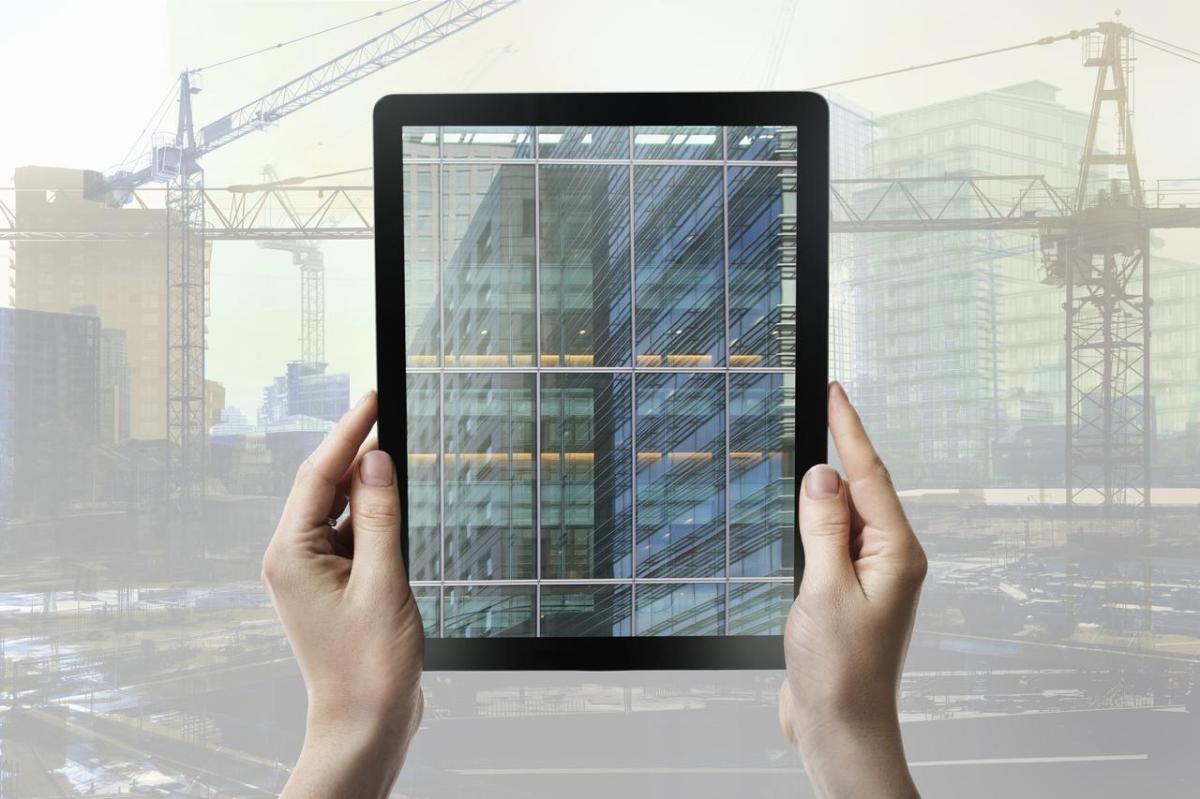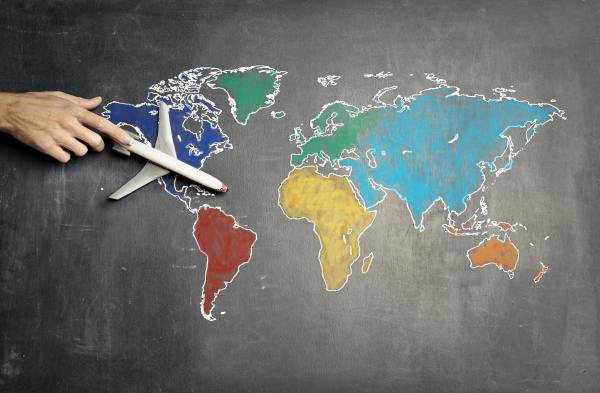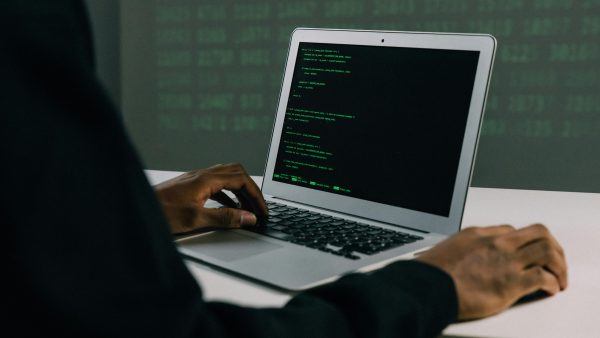One of the main advantages of working in a company like Telefónica is the opportunity to keep abreast of the latest in technology, to learn about trends and how digitalisation is impacting our day-to-day lives.
One of the technologies that are booming at the moment is the so-called digital twins. Basically, a digital twin is a digital replica of an object or system, which can faithfully reproduce the functioning of this object or system, under the information or conditions applied to it.
NASA and the first “digital twin”
The origin of this technology dates back to the 1960s at NASA, where it was a pioneer in its missions. Following the explosion of an oxygen tank on Apollo 13, with its consequent damage, the American space agency began to use simulators to evaluate possible failures. This is considered the first “digital twin” which, by collecting a large amount of data, analysed the future functioning of devices in order to predict errors.
In order to imagine the great potential of this technology, we can look for similarities in the industrial sector, as it allows experimenting with production processes, without stopping the assembly line.
The application of digital models to industry is taking place hand in hand with the development of other emerging technologies, such as IoT, Big Data or Machine Learning, which allow the full potential of digital twins to be obtained: they can receive data in real time, analyse it, learn from it and propose improvements, optimisations or predict behaviour.
At Telefónica we have a good example with Making Smart Industry happen, a digital twin designed to optimise quality in the production of industrial parts and with the capacity to make decisions in real time thanks to its combination with technologies such as 5G, Edge Computing, Data Analytics and Machine Learning.
This type of technology perfectly summarises the concept of Industry 4.0, which is one that evolves from a model in which factory areas work by islands to a model in which the value chain is circular and non-linear, with faster and more flexible manufacturing processes thanks to these new enablers and digital technologies.
Other application areas
Industry is not the only sector where digital twins have great application potential. Another interesting example is their use to simulate in advance risk situations associated with crowds in environments such as sports arenas, public leisure spaces, shopping centres… Imagine how this could facilitate the development of rapid action protocols, in case of an emergency.
It could also be an important element in the development of Smart cities, as it would allow experimentation in the design of road networks, public transport routes, buildings… And evaluate the consequences by introducing external variables such as air quality, urban noise, ambient temperature, lighting or sunlight in specific environments.
The double face of cybersecurity
Cybersecurity is another area where digital twins can contribute a lot. On the one hand, as we have seen, they make it possible to reproduce the behaviour of security systems in the face of possible attacks, which also helps to detect breaches and weaknesses and to deal with them in time.
But in terms of security, digital twins also have their shadows. When a model is created with a digital twin, the access points to the system are duplicated in the event of a cyber-attack. This means that a hacker could access the original from both the original and its digital copy.
For example, if an attacker could access the system of a digital twin of a factory installation, he would in turn have access to detailed information on the process being cloned and to the data collected in real time, which could reveal information on operations, customers and employees, etc.
In short, this is a technology with incredible potential, which in turn carries with it the responsibility to be very vigilant in terms of cybersecurity. A digital twin is a database containing sensitive information and protecting it is as important as protecting the system it replicates.










